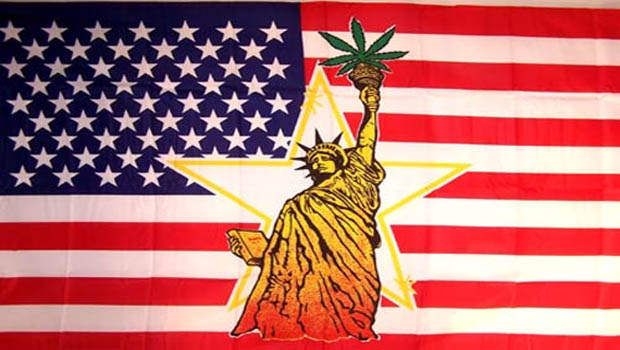The High Price of Weedom, Freedom, Health Equity and Public Safety in DC

I never received any feedback from my last post, so I am unsure if my research question is viable. Revisiting my research question: Considering the themes in the literature from other jurisdictions in the USA of increased: crime, underaged drug use (UDU), traffic accidents (TA), marijuana related hospitalizations (MRH), and disadvantage in low income and minority communities, has medical marijuana and recreational marijuana laws in the District of Columbia (DC) created adverse social effects, thereby perpetuating the need to reform DC’s marijuana laws (MLs)?
I believe this would be a cross-sectional study where I analyze crime data, (marijuana related arrests, violent crimes and crimes that occurred near dispensary locations, near locations where marijuana is transferred), UDU data, TA data, MRH data and income data, prior to the passage ML and after the passage of ML. I am correct in describing such a study as a cross sectional study or is this a population-based study?
Crime data would be collected from public databases from the Federal Bureau of Investigation (FBI) and DC Metropolitan Police. UDU data will come from the Substance Abuse and Mental Health Services Administration, Center for Behavioral Health Statistics and Quality, National Survey on Drug Use and Health. TA data will be collected from DC Department of Transportation Traffic Safety Report Statistic. MRH data will come from CDC marijuana related poison control center call and emergency room visit data, whereby patients tested positive for marijuana use. Lastly, overall disadvantage in minority communities will be measured according to data collected from the Department of Labor and Census Bureau’s annual statistics for income, homeownership, employment, single parent households based on all minority communities—Black, Asian and nonwhite Hispanics in the DC.
The data will be analyzed to see if there were increases or decreases in these aforementioned areas before and after the passage of MLs in DC.
(Word Count: 307)




Recent comments